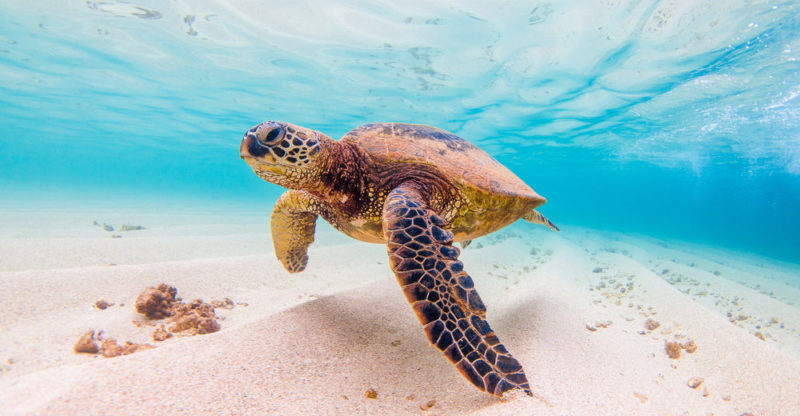We explain what a multinational company is and its degree of decentralization. In addition, its general characteristics and functions.
What is a multinational company?
Multinational or transnational companies are those organizations that extend their limits of activities and sale of products or services , beyond their country of origin. Generally, they do not focus on a single product, but rather extend (in one or more than one) product line, thus covering greater coverage in the points of sale.
Multinational companies also strategically locate their offices (service or sales) in the different countries where they expand, generating jobs in peripheral countries (this time peripheral countries are understood to be those that are not the country of origin). of the company).
However, each company must comply with national laws and regulations . For example, if the consumption of alcohol is prohibited in a certain country (for example, Turkey), a multinational company that sells products with different degrees of alcohol will not be able to establish itself in that country, since national laws do not allow.
If the transnational company accepts the legal conditions of each country of destination , then the organization can settle and thus form a multinational company.
Characteristics of a multinational company :
History
Although it is true that multinational companies began to multiply from the beginning of the 20th century , there is a reality that marked the increase and excessive expansion of these companies from the 1990s, with the arrival on the world market of globalization .
Decentralization

Regarding their degree of decentralization, these organizations can be classified into:
- Polycentric. It has several centers in terms of decision making .
- Geocentric. It only makes decisions at the headquarters or headquarters.
- Ethnocentric. It only considers that the valid decision-making is that of the parent company, since it is believed that this is a culture of superiority with respect to the rest. This type of centralization is generally found implicitly.
New markets
As mentioned above, the country of origin of the multinational organization extends its market line (expanding its client portfolio) outside the limits of that country.
Alliances or mergers

Multinational organizations often face local (national) competition as they share the same target audience and have the same products offered to the market .
In these circumstances, multinational companies (which generally have a large infrastructure compared to local companies) buy or associate with local companies , with the aim of keeping the entire market share.
Product line expansion

A multinational company not only expands its market share by expanding its borders (to increase its customers) but also has a great product line.
For example, under the Coca Cola brand, a wide variety of products (Fanta, Sprite, Aquarius, etc.) are offered, but they all belong to the same “Coca Cola” brand. The decision to establish a single product line or several in peripheral countries will depend on prior market research.
Big capitals
As a whole, these organizations have large capitals. For this reason they are usually an economic promise not only for the country of origin but also for the destination or peripheral country since it is a source of work for its inhabitants.
Use of a common language

Often these companies must adapt to the language of the peripheral country . However, given that organizations have their headquarters or headquarters in another country, it is essential that all employees and members speak a common language . Mostly this language is English, although this will depend on each particular organization.
Distribution
Although much of the production begins in the country of origin (at the plant or headquarters), the completion or assembly occurs in the country of destination . There is a smaller portion of multinational organizations that send the finished product(s) from the country of origin for sale in peripheral countries.
The first option is regulated by the national laws of each country that allows multinationals to sell their products in that country, but requires them to carry out part of their production there to generate local jobs.
Globalized standards

In multinational companies, all products, services and their members must respect strict regulations regardless of the country where they are located (of course without overlapping or subtracting from national laws ). These rules can be:
- Quality standards of services or products
- Motto, objectives and goals to be achieved by the company
- Compliance with social norms and coexistence
Regulations of each country
As mentioned at the beginning, knowledge of the norms, laws and customs of each country, as well as the changes that occur in it, are essential for the organization to be successful in the new destination.
The above content published at Collaborative Research Group is for informational and educational purposes only and has been developed by referring to reliable sources and recommendations from technology experts. We do not have any contact with official entities nor do we intend to replace the information that they emit.














